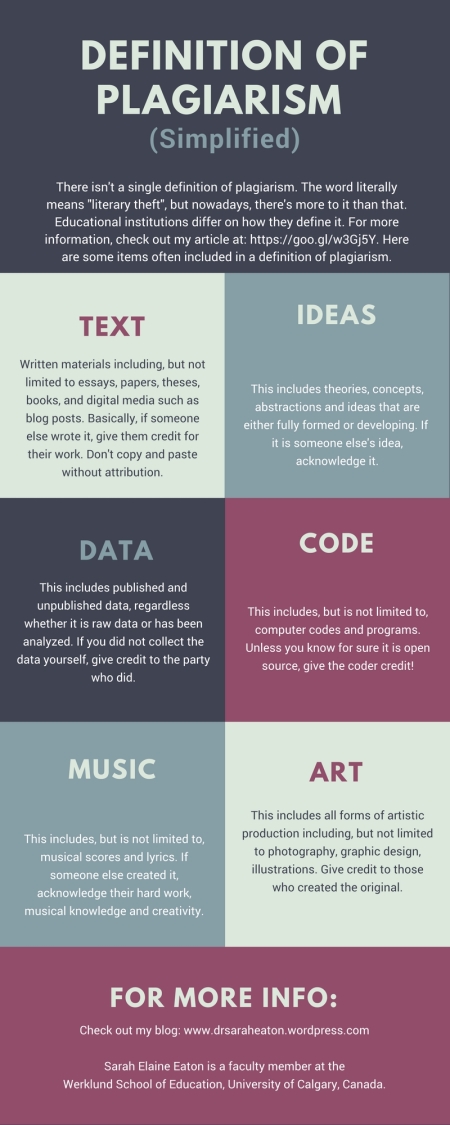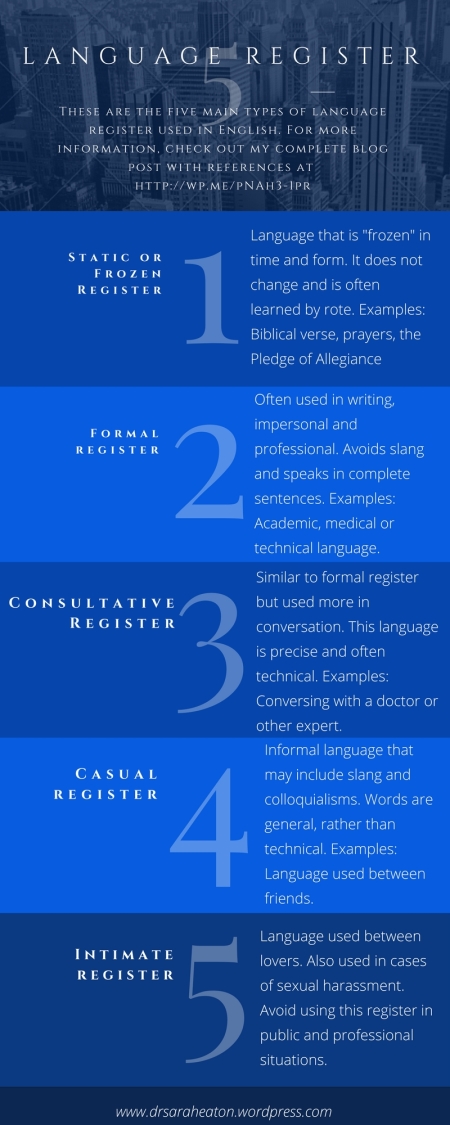Students and colleagues sometimes ask me if they should post their teaching dossier or portfolio online. My answer is immediate: No!
Those who know me know that I am a big fan of developing a strong online professional presence. I encourage students and colleagues to keep their LinkedIn, Twitter, and other online professional profiles current. But there’s something about a teaching dossier that’s different. I couldn’t put my finger on it until I read an article by White & Conrod (2016) where they tell the story of how their teaching philosophies were plagiarized.
Your teaching philosophy is a key element of your dossier. Developing it is hard work. It involves some deep reflection, brain work and soul-searching. You dig deep into yourself to figure out who you are as an educator, what matters to you and why it matters. Honestly, articulating your teaching philosophy may be the single most difficult element of putting together your teaching dossier. When it’s done, it should be a reflection of who you are and what matters to you as an educator.
Other people may have similar philosophies, but in the end, your statement is about you and your values. It is yours and yours alone.
If you post it online, it becomes easy for others to cut-and-paste what you have shared. These may not be bad people. They may be too afraid or too intimidated to engage in the deep reflection required to develop a philosophy of their own. Who knows? My point is, don’t make it easy for others to steal your teaching philosophy.
Share your dossier selectively, with those who need it, such as employers or those evaluating your teaching. You might also choose to share your dossier with those who would benefit from it, such as students or junior colleagues. That does not mean you have to post it publicly online. You have other options:
Alternatives to posting your teaching dossier publicly online
- Share print copies of your work. This may sound old fashioned, but if someone does not require digital access to your dossier and a paper copy works just as well, why not? You might choose to add “Confidential” to the header or footer to make it clear you do not want it to be shared widely.
- Save a copy of your work in a digital format that is hard to copy. An protected .pdf isn’t foolproof, but it is an option. Another option is to save your work as a .jpg., but if you choose this route, be sure that the .jpg is high quality and easy to read.
- Save your work as a password protected or “read only” online document. Share the password or link with caution.
Again, share selectively and make it clear that your work is not for distribution.
I suspect that some people who are vehement believers in open access or the sharing culture may disagree with my stance on this issue. There are plenty of websites that offer tips about how to post your entire dossier online. Don’t get me wrong. I share lots of my work online, free of charge in an open access format. It may be OK to share parts of your teaching dossier publicly online, such as your previous teaching experience, but not all of it. The key is to think critically about what you want to share and how you choose to do that.
It is important to understand that the more publicly you share, the easier you make it for others to copy-and-paste your deep thoughts, rather than engaging in their own soul-searching journey. If you want to offer others a short-cut and do the hard work for them, that is an option. But if you’d rather not, think twice before posting your entire teaching dossier publicly online.
The point is for you to think critically about who you want to have access to your inner most values about teaching. In my view, your teaching philosophy is a key element of your identity as an educator. Don’t make it easy for others to steal your professional identity.
Reference:
White, M. A., & Conrod, J. D. (2016). Is nothing sacred? Our personal teaching philosophies have been plagiarized. University Affairs. Retrieved from https://www.universityaffairs.ca/opinion/in-my-opinion/is-nothing-sacred-our-personal-teaching-philosophies-have-been-plagiarized/
______________________________________________________
Share or Tweet this: Why you shouldn’t post your teaching dossier online https://wp.me/pNAh3-2gr
This blog has had over 1.8 million views thanks to readers like you. If you enjoyed this post, please “like” it or share it on social media. Thanks!
Sarah Elaine Eaton is a faculty member in the Werklund School of Education, University of Calgary, Canada.
Opinions are my own and do not represent those of the Werklund School of Education or the University of Calgary.



 Posted by Sarah Elaine Eaton, Ph.D.
Posted by Sarah Elaine Eaton, Ph.D. 






You must be logged in to post a comment.